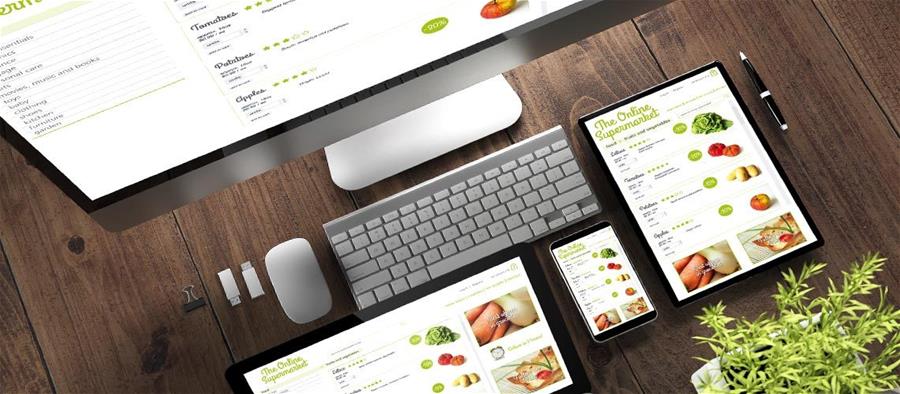Aug 26, 2020, 15:52 PM
by
Alfredo Martinez

The grocery shopping habits of consumers have changed drastically over the past few months. Online grocery shopping, which shows a very high surge in adoption, is reshaping the food retail industry. In these trying times where our lives have become narrowed, how is online grocery shopping winning over consumers’ and industry’s demands?
Surge in Online Grocery Shopping
Since the start of the stay-at-home restrictions, people have been using online grocery shopping to deliver their essentials at home or curbside. Due to this surge, even some brick-and-mortar food-retail businesses are jumpstarting their e-commerce platform strategies.
According to Brick Meets Click and Symphony RetailAI Online Grocery Survey, home delivery and store pickup online grocery sales have reached $5.3 billion in April. This is due mainly to health and financial factors from the recent Coronavirus outbreak. Moving forward, it is most likely that grocery shopping would never be the same again. According to the same survey, 26% of households that did not use online grocery in the last 30 days said they are very likely to use online grocery shopping in the next three months.
Companies like Target have seen a 275% online sales growth since the beginning of April. To answer to the growing online grocery demands of consumers, they have implemented operational changes such as redeploying staff to get orders, pack, and ship them online as well as ramping up their fulfillment and customer service.
Digital Platform Challenges
Companies who have already had digital strategies in place may have well benefitted from the growing surge of demand due to the pandemic, but not without key challenges.
Food retailers who have implemented online strategies have difficulties in supplies and fulfillment. Some customers have reported product availability and pricing concerns and the length of time it takes (an average of 3 or more days) to receive their online orders. Also, the majority of consumers have stated that some of their ordered items were not delivered due to availability changes and lesser timeslots on delivery and pick-up orders. Although many online grocery shoppers have reported concerns, there is still a high proportion of online shoppers even after the crisis.
One of the lasting effects of this pandemic is the continued widespread adoption of online grocery shopping. Based on recent consumer buying behavior, retailers really do need to adapt their digital strategies for their businesses to thrive now and in the future. Today’s retail winners are the ones who know how to communicate, personalize, and understand their customers even if it means doing it all online.